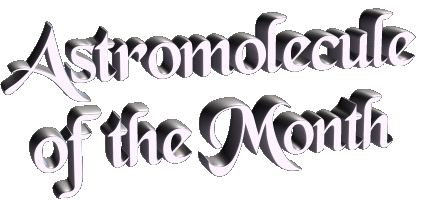|
The discovery
of the methyl cation (CH+
3) was reported in 2023 by
Berné and co-workers.
As they note, CH+
3 has been thought to be an
important contributor in gas-phase astrochemistry for forty years.
But due to its symmetry,
CH+
3 has no permanent dipole moment and thus
cannot be detected via rotational spectroscopy.
|
|
|



